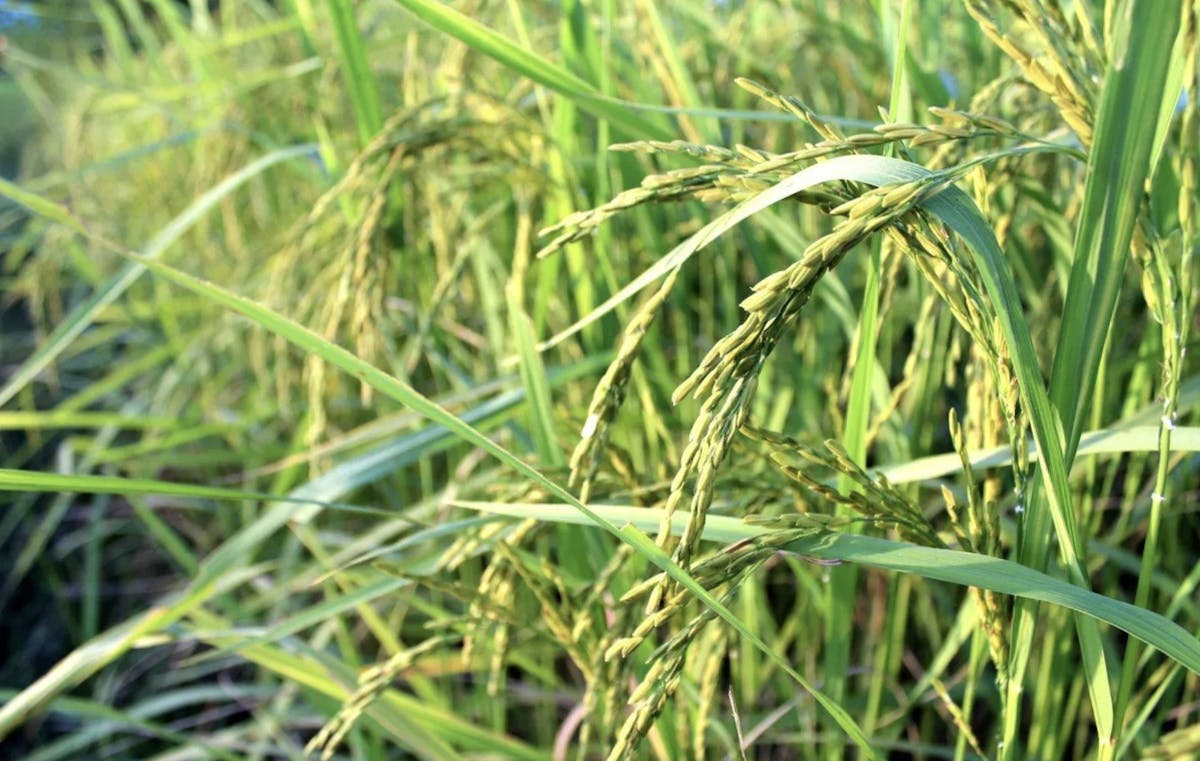
Teff
Teff is a fine grain—about the size of a poppy seed that comes in a variety of colors, from white and red to dark brown. Teff grows predominantly in Ethiopia and Eritrea, and thrives even in difficult climates.
The grain has a very mild, nutty flavor, and it packs a serious nutritional punch. Teff has an excellent balance of amino acids, and it is also high in protein, calcium, and iron.
Teff leads all the grains by a wide margin in its calcium content;
With a cup of cooked teff offering 123mg, you have about the same amount of calcium as in a half-cup of cooked spinach. It’s also an excellent source of vitamin C, a nutrient not commonly found in grains and also a good source of iron. Teff is high in resistant starch, a newly-discovered type of dietary fiber that can benefit blood sugar management, weight control, and colon health. It’s estimated that 20-40% of the carbohydrates in teff are resistant starches. A gluten-free grain with a mild flavor, teff is a healthy and versatile ingredient for many gluten-free products.
The grain can be used by celiacs (the gluten in teff does not contain the a-gliadin-fraction that causes a reaction in those with celiac disease) and has a high concentration of different nutrients, a very high calcium content, and significant levels of the minerals phosphorus, magnesium, aluminum, iron, copper, zinc, boron and barium, and also of thiamin.
Teff is high in protein. It is considered to have an excellent amino acid composition, including all 8 essential amino acids for humans, and is higher in lysine than wheat or barley.[10] Teff is high in carbohydrates and fiber.
Ground into our flour blends, teff is used to make the traditional bread, injera: a flat, pancake-like, fermented bread that complements the exotic spices found in the regional food. It makes an excellent gluten-free flour alternative, and is used in our pie crusts, cookies, breads, and an assortment of other baked goods. Teff can also be eaten whole and steamed, boiled, or baked as a side dish or a main course.
